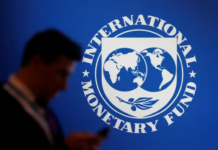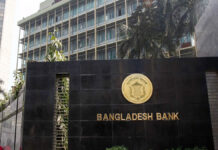
Remittance inflow declined 8 per cent year-on-year in August to $1.8 billion, the lowest in the past six months, as money transfers through informal channels such as “hundi ” have increased, according to various experts.
August was the third consecutive month when remittance showed a downward trend.
With the latest decline, the total remittance inflow, which plays a major role in strengthening the country’s foreign exchange reserves, fell 19 per cent to $3.68 billion in fiscal 2021-22 from $4.56 billion the year before, showed data from Bangladesh Bank.
In Bangladesh, a lot of money changes hands through informal channels, said Syed Mahbubur Rahman, managing director of Mutual Trust Bank.
Due to recurring government restrictions at home and abroad to curb the spread of Covid-19, the flow of funds through these informal channels took a hit, which is one of the reasons why inward remittance had increased.
“Because everything was closed at the time,” Rahman said.
Inward remittance hit its highest point of around $25 billion in the previous fiscal with analysts suggesting that the surging inflow was a result of a transfer of savings by returnee migrant workers and a reduction in illegal money transfers.
But the flow of remittances through formal channels has decreased as the informal money transfer market is back up and running, he added.
“We had an exceptional period last year,” said another banker who works at one of the largest remittance recipient banks.
He linked the drop in remittance inflow to declining jobs abroad compared to the pre-pandemic period.


 For all latest news, follow The Daily Star’s Google News channel.
For all latest news, follow The Daily Star’s Google News channel. 







